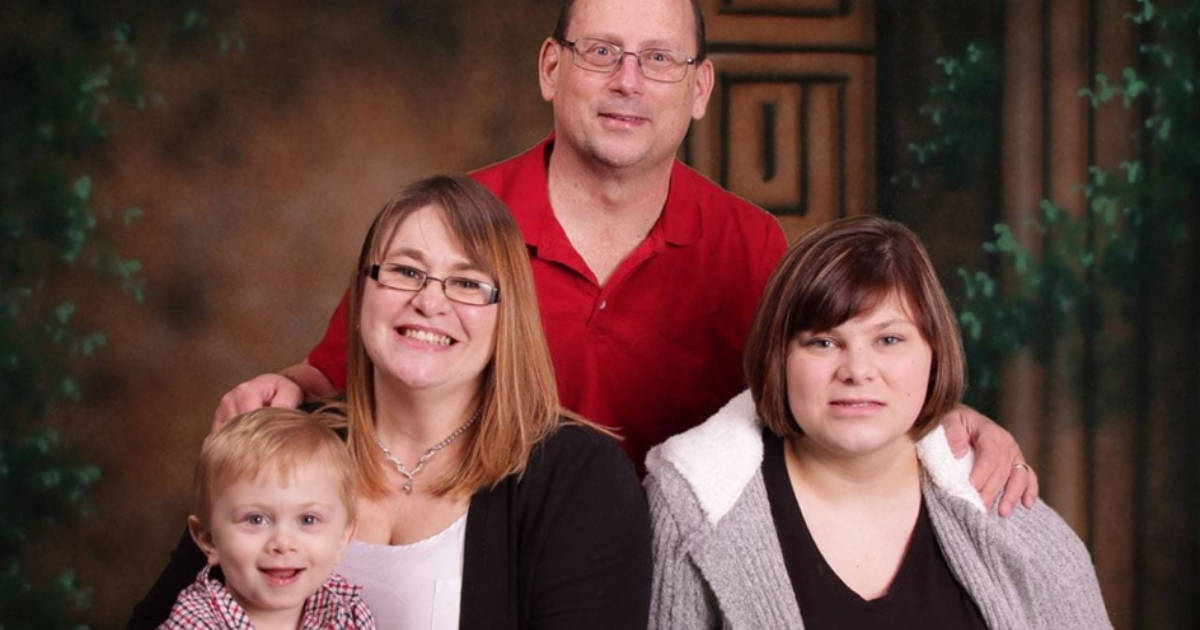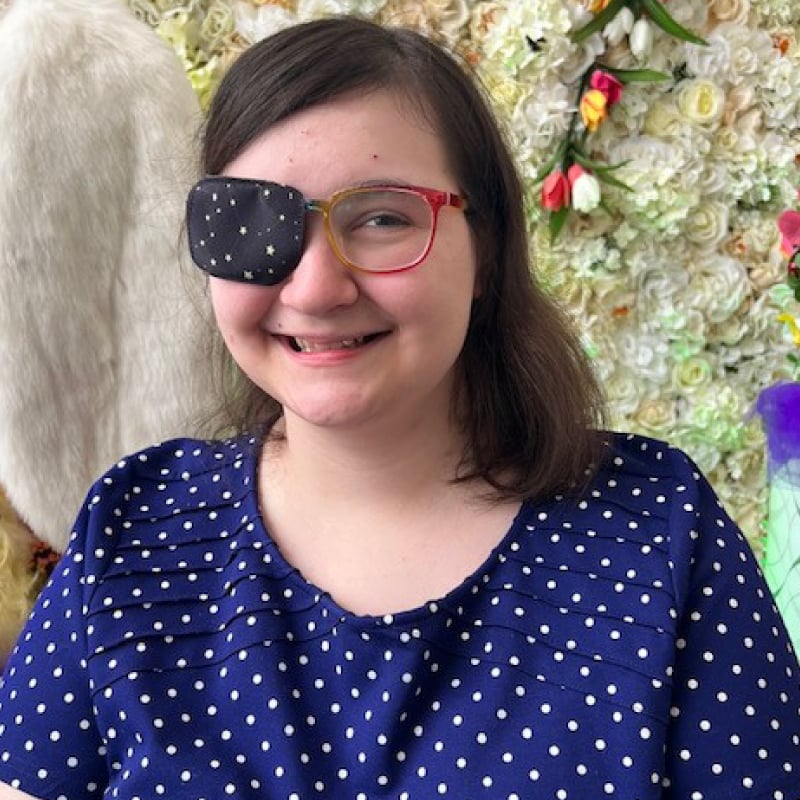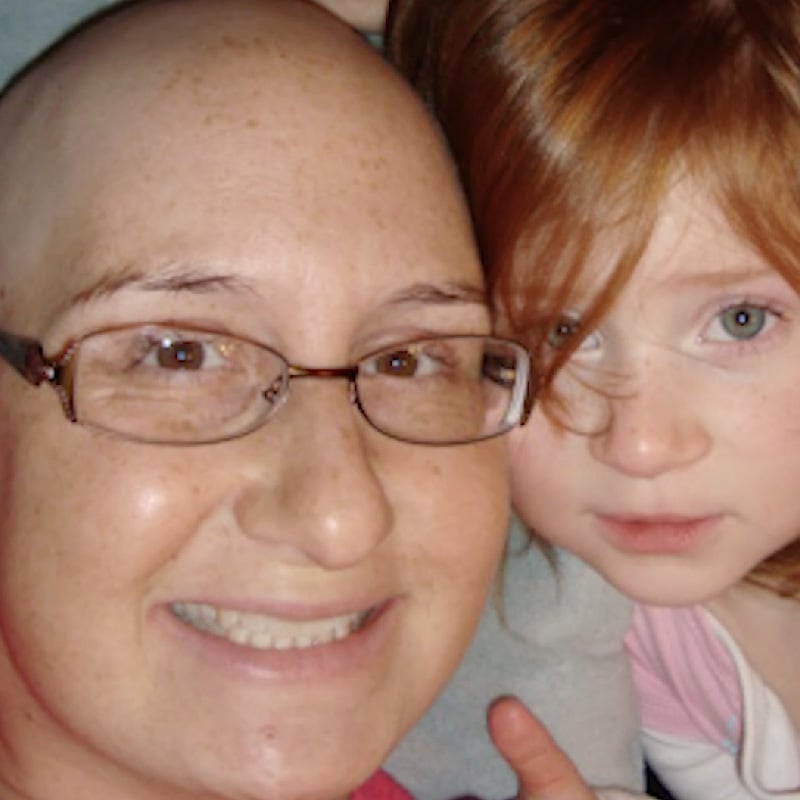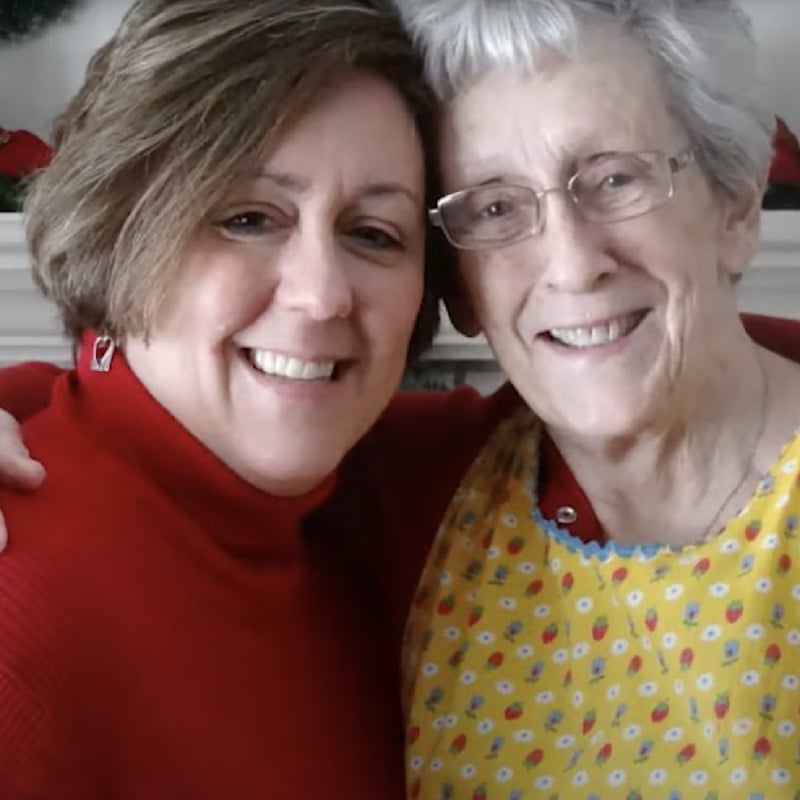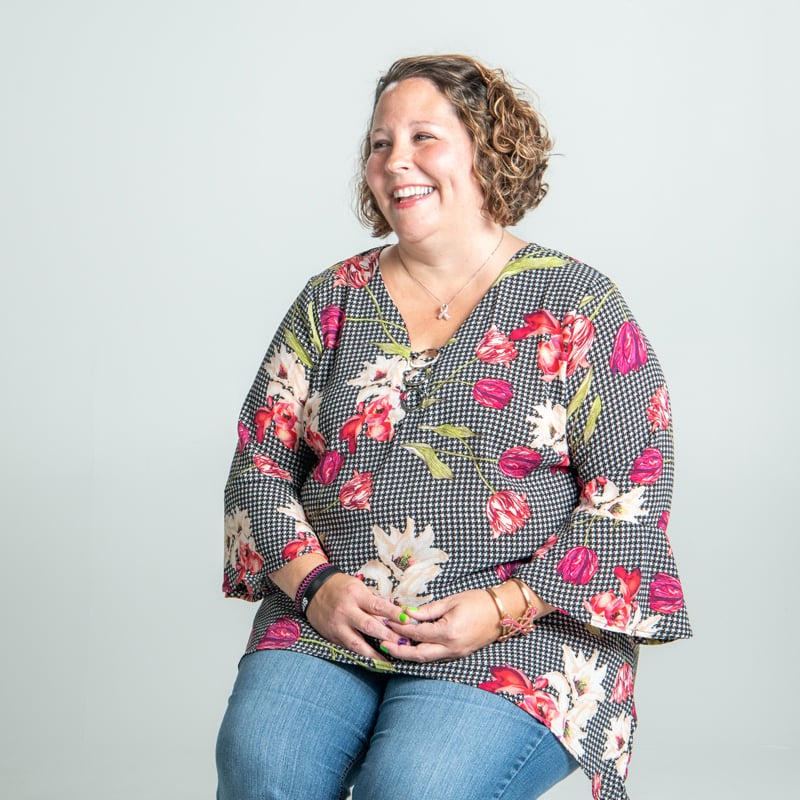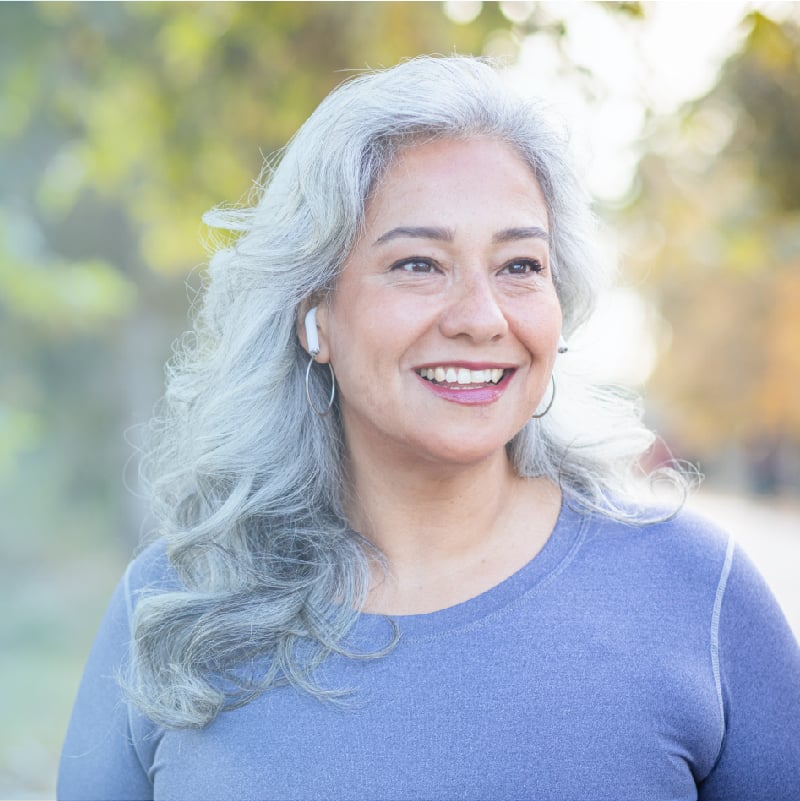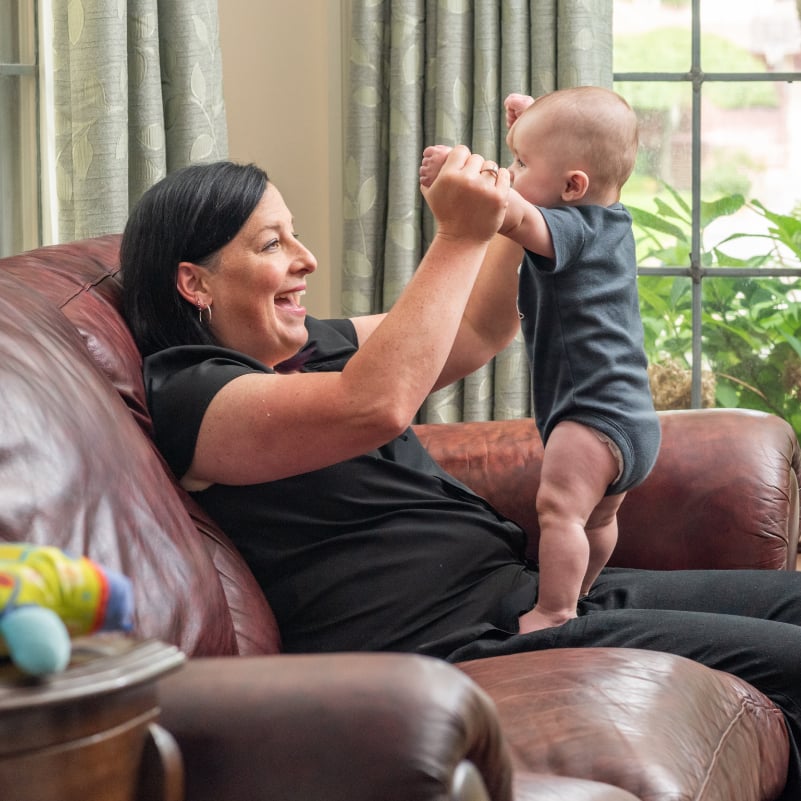After feeling weakness in his right arm and leg, Guy decided to go to the hospital and get it checked out. Doctors confirmed he had suffered a stroke – his second in two years.
While the stroke spared Guy’s cognitive and speech skills, he was diagnosed with motor injuries that required rehabilitation. Doctors referred Guy to Golisano Restorative Neurology & Rehabilitation Center for occupational and physical therapy.
Having gone through rehabilitation at Golisano before, Guy said he was not nervous.
“The first time [I had a stroke], I was scared about coming here,” Guy said, who is 54 years old. “Everything went well though, so [the next] time I wasn’t worried at all about coming. I was actually excited. The fears you feel about coming here are unfounded.”
Putting in the work
After assessing Guy’s abilities, the therapists worked with him to create a plan to build strength and mobility to get him back to doing the daily activities he enjoys.
Sydney Jones was Guy’s occupational therapist and worked with him on building more strength and movement in his arm and trunk. At first, the two focused on isolating each muscle to get it activated and moving again, which required a lot of concentration and effort.
After activating all of Guy’s arm muscles, the next challenge became coordinating them together for different movements – moving from gross motor skills toward fine motor skills. To help with this, Sydney had Guy reach for objects across his right side and then drop them into a bucket on his left side.
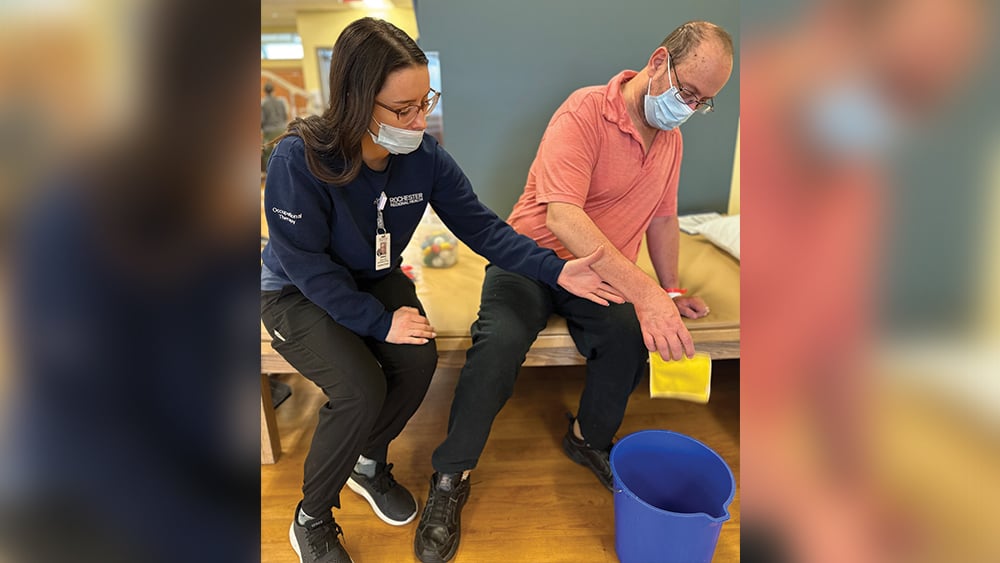 Occupational therapist Sydney Jones (left) helps Guy (right) coordinate moving the muscles in his arm at Golisano Restorative Neurology & Rehabilitation Center. [Photo: Allison Almekinder]
Occupational therapist Sydney Jones (left) helps Guy (right) coordinate moving the muscles in his arm at Golisano Restorative Neurology & Rehabilitation Center. [Photo: Allison Almekinder]Sydney said it was encouraging to see Guy make daily progress in different areas of his arm – his shoulder one day, and his elbow the next. Slowly, she said, he began to move more functionally.
“It was really exciting not only to see him make progress, but also to see him appreciate the progress alongside the education we were providing,” Sydney said. “I would give Guy a new exercise and then he would go back to his room and work on it after our therapy session had ended. He was very driven and motivated.”
Guy’s physical therapy team focused on strengthening his leg so he could walk again. At the end of each day, Guy said he was able to do all kinds of new things he could not do before.
“I am so proud of all the hard work I have done and being able to be more mobile is a big accomplishment,” Guy said. “I’m shocking everyone with how much progress I have made and I am happy with it all.”
Setting and achieving goals
The importance of goals is significant for all patients who come into the Golisano Restorative Neurology & Rehabilitation Center.
After Guy’s first stroke, he spent 9 days at Golisano before being discharged to his home where he kept working on his home therapies to the point where no one could tell he had a stroke. When he returned after his second stroke, he knew making daily improvements would be important to his recovery.
Early on in his occupational therapy, Guy’s team gave him wrist exercises to increase his range of motion. On Friday, Guy said he could only move his wrist to the left. Four days later, he was able to move it to the left and to the right.
Four weeks after he arrived at Golisano, Guy was able to return home to his family. He credits his progress in stroke recovery to three things: listening to his therapists, doing what they say, and working hard at it.
“Make sure you give 110 percent every day because it will be worth it,” Guy said. “When I am not in therapies, I am working on what they taught me in my room. On the weekends, I take the exercises they give me and work on them. I believe that is part of why I am having such a great recovery…They work you hard here…but it is that hard work that gives you the breakthroughs.”
“We work together with patients like Guy every single day for 60-90 minutes, building a real collaboration between each patient, team member, and their families,” Sydney said. “We hear their stories, connect with them on things outside of their rehabilitation, and build close relationships. It feels good to be part of their journey.”

